Statue of French General Accused of Torture Divides His Hometown

© Jean-Christophe Verhaegen/Agence France-Presse — Getty Images


© Jean-Christophe Verhaegen/Agence France-Presse — Getty Images


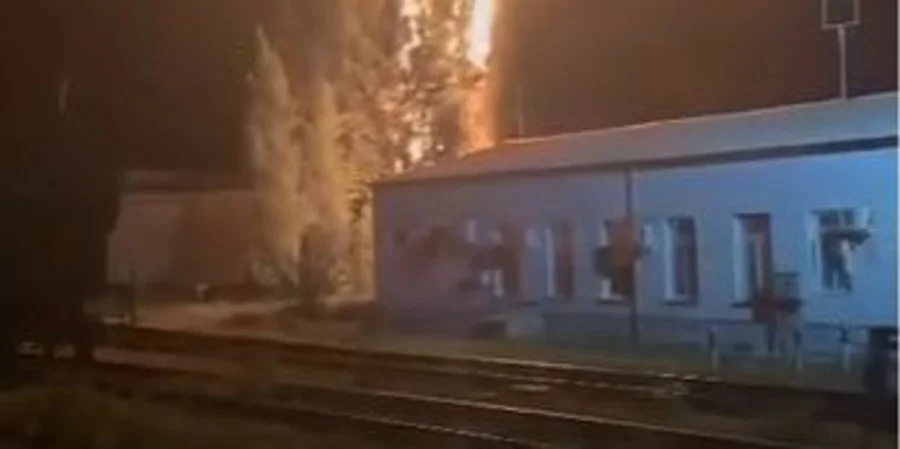

Ukrainian drones struck the Tatsinskaya railway station in Russia’s Rostov Oblast for the second consecutive night, causing a fire near freight tanks, according to Russian Telegram channel Astra.
The attack occurred during the night of 5-6 August. Local residents reported about explosions and subsequent fires at the facility.
“The drone strike was apparently aimed at railway infrastructure,” said Petro Andryushchenko, head of the Center for the Study of Occupation.
“This is a non-electrified section of the railway and we are not hitting substations. This means we are systematically cutting out the Russians’ railway, including diesel traction with locomotives. For a long time,” he said.
The Tatsinskaya station had already been targeted the previous night, with explosions and fires reported on 4-5 August. That attack also affected the cities of Millerovo and Belaya Kalitva in the same oblast.
The railway attacks represent a shift toward targeting transportation infrastructure that supports both civilian and military logistics. The Tatsinskaya station sits on a key rail line connecting southern Russia with other oblasts.
Separately, the Russian city of Bryansk came under massive drone attack early morning on 6 August. Local witnesses described a column of thick black smoke rising from an oil depot area where drone debris had fallen.
The Bryansk Oblast has faced repeated drone attacks throughout the summer. In late June, Ukrainian drones struck rocket fuel storage facilities and fuel and lubricant warehouses belonging to the Russian army, causing fires at an oil depot. Ukrainian forces also destroyed an Iskander missile system near Bryansk during that period.
Russian authorities have not officially commented on either the railway station attacks or the Bryansk oil depot strike.


Day 1259
On 5 August, the biggest updates come from the Kherson direction.
Here, Ukrainian special forces executed a daring amphibious landing on one of Russia’s most exposed positions in Ukraine. Taking out patrols and destroying critical equipment, this raid has now opened the door to a wide variety of naval, aerial, and further special forces operations across the Black Sea and the Crimean peninsula.
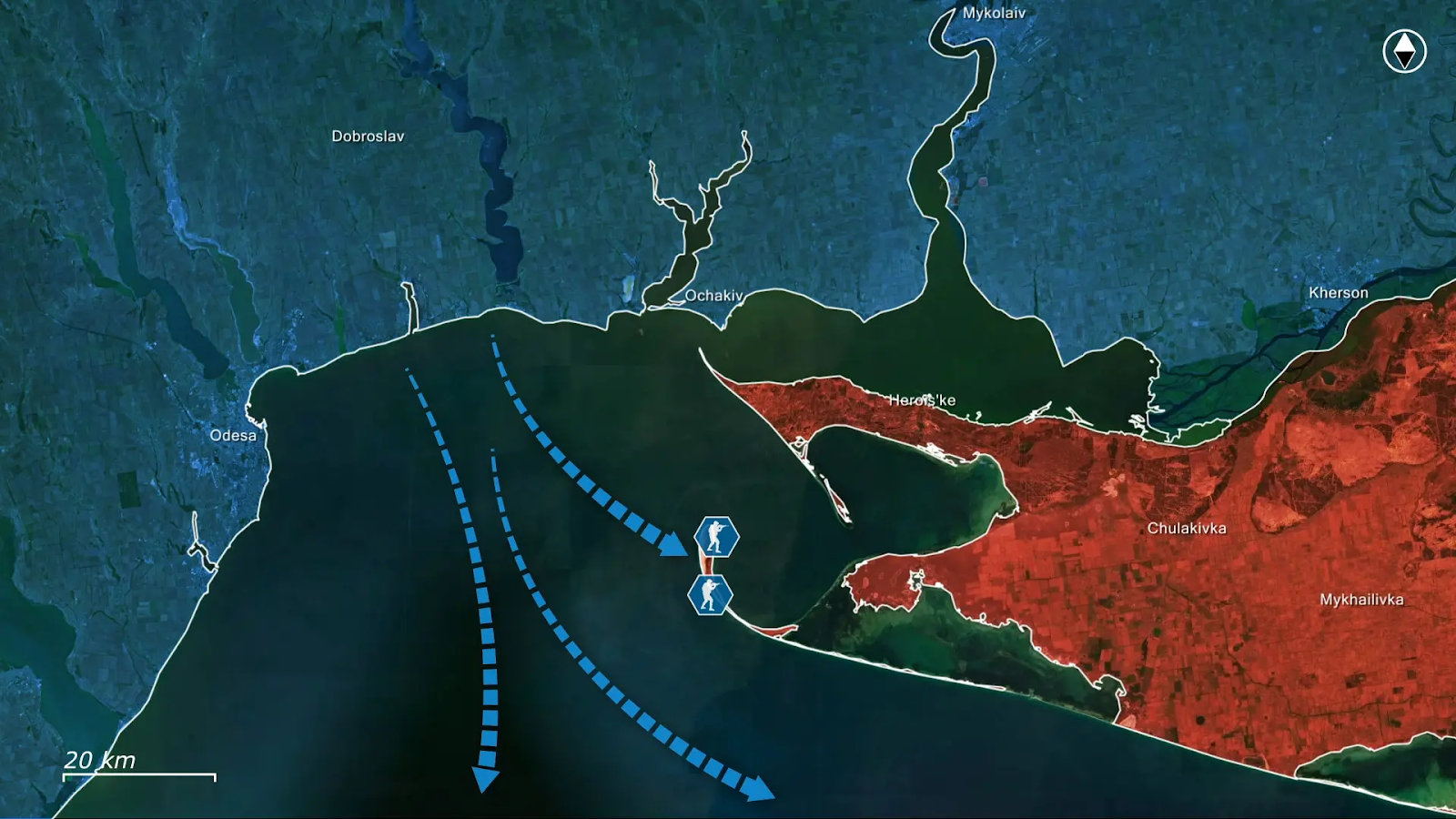
Ukraine’s military intelligence service posted footage of how its operatives carried out a naval landing operation on the Tendrivska spit in eastern Kherson. Operatives moved across the Black Sea in rubber boats mounted with radars, electronic warfare systems, and machine guns, similar to boats used by Nato’s naval special forces teams. Landing on the beaches, the groups quickly disembarked and moved inland past several unmanned Russian coastal fortifications and bunkers. The groups then waited for the cover of night, turned on their night vision goggles, and moved toward their targets.
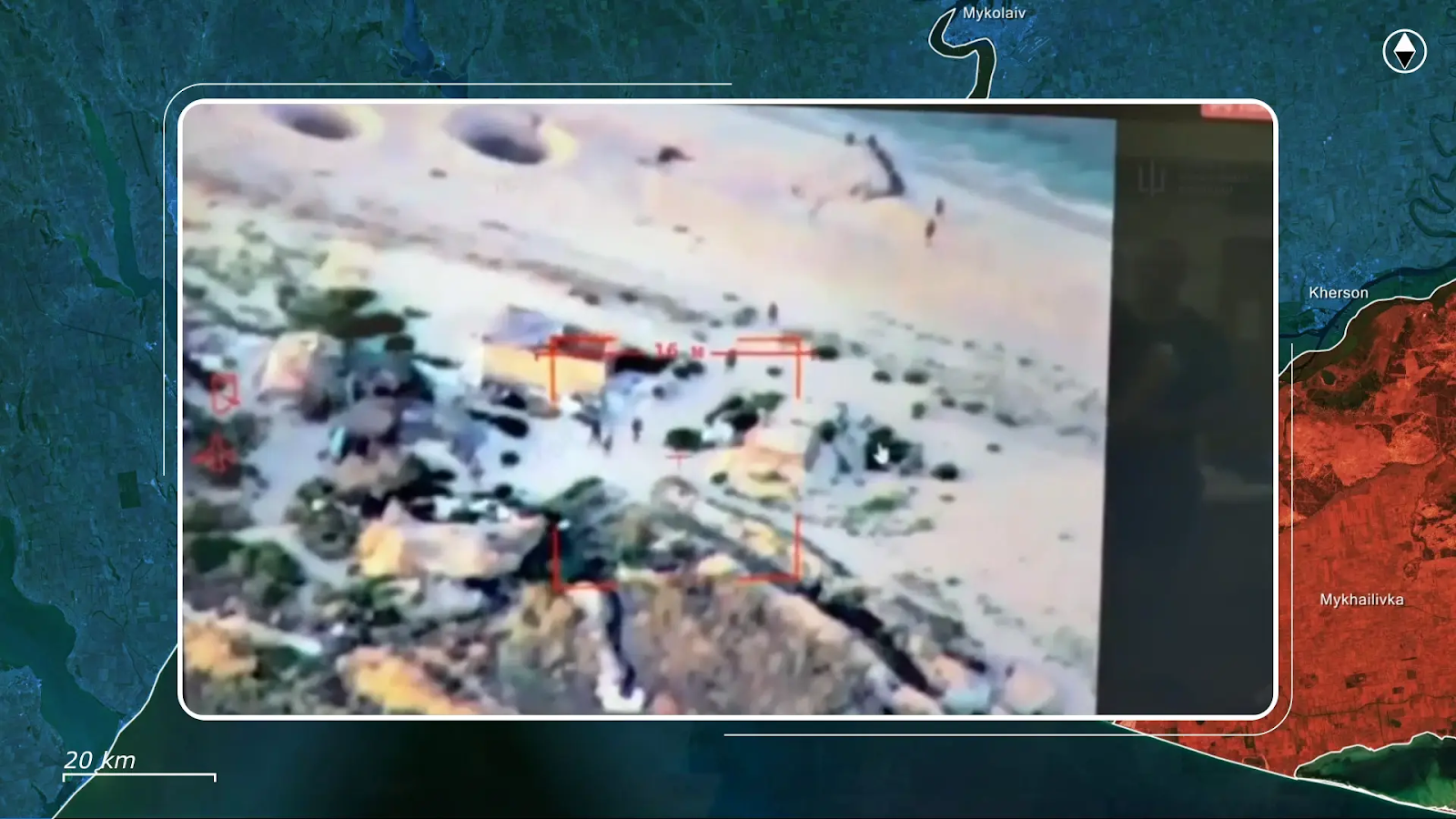
Their mission: destroying a Russian Rosa radar system and the Zont electronic warfare station protecting it. As they moved toward the targets, they even launched FPV drones to feed live intelligence to the assault groups, and strike any Russian target too dangerous to engage head-on. Before heading back after the successful destruction, they planted the Ukrainian flag on the position, and left a final message for the Russians in the morning: Glory to Ukraine.
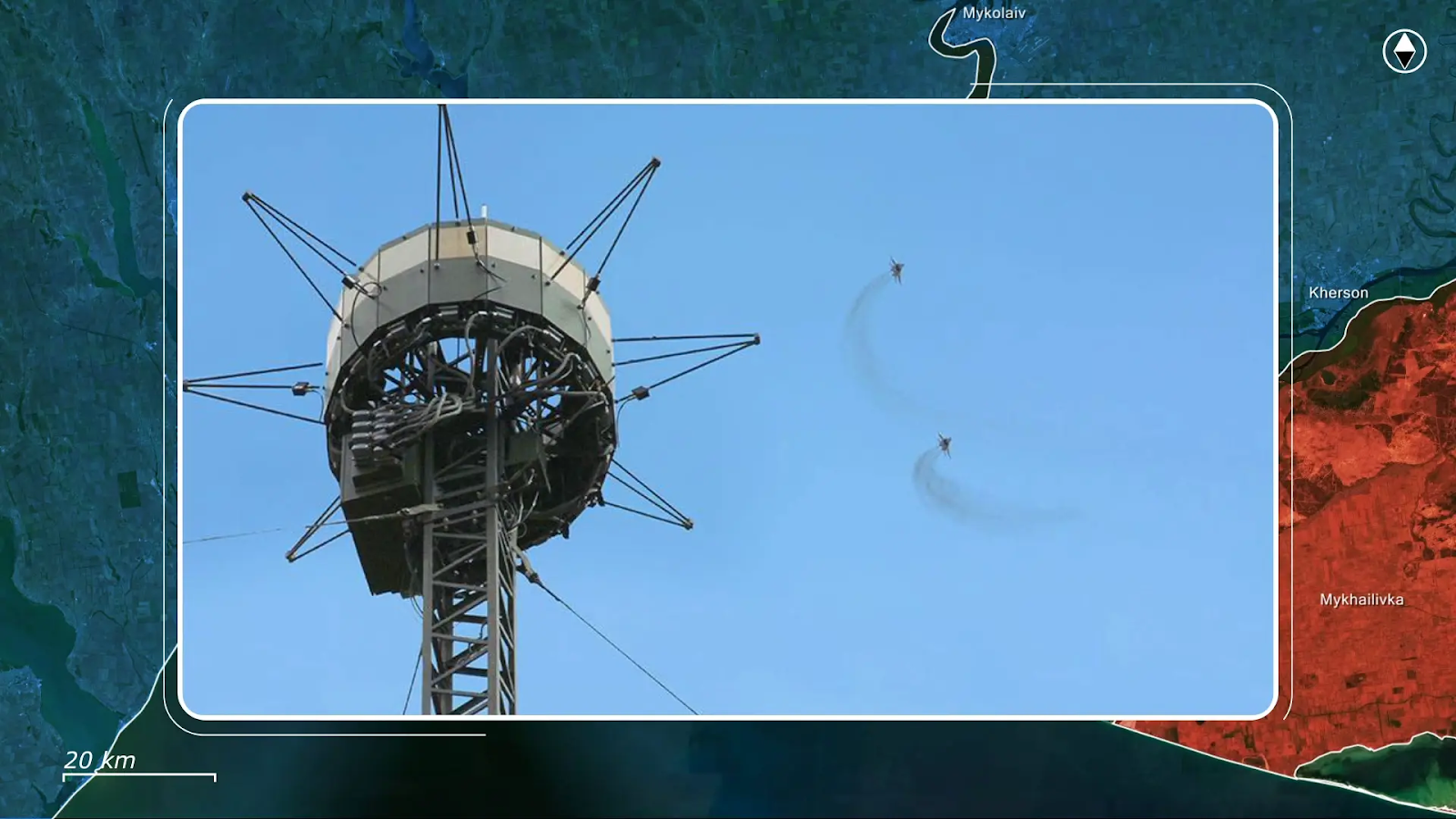
The raid was not a detached victory, but a necessary operation that serves a larger strategic purpose. The Tendrivska spit’s topographical setting allows Russians to position radars and electronic warfare equipment that can cover a wide area over the Black Sea as far as possible. Specifically, this allows Russians to detect and disrupt Ukrainian naval and aerial drone strikes, forcing Ukrainians to avoid the coast and creating a more narrow pocket for other Russian air defense assets to monitor.
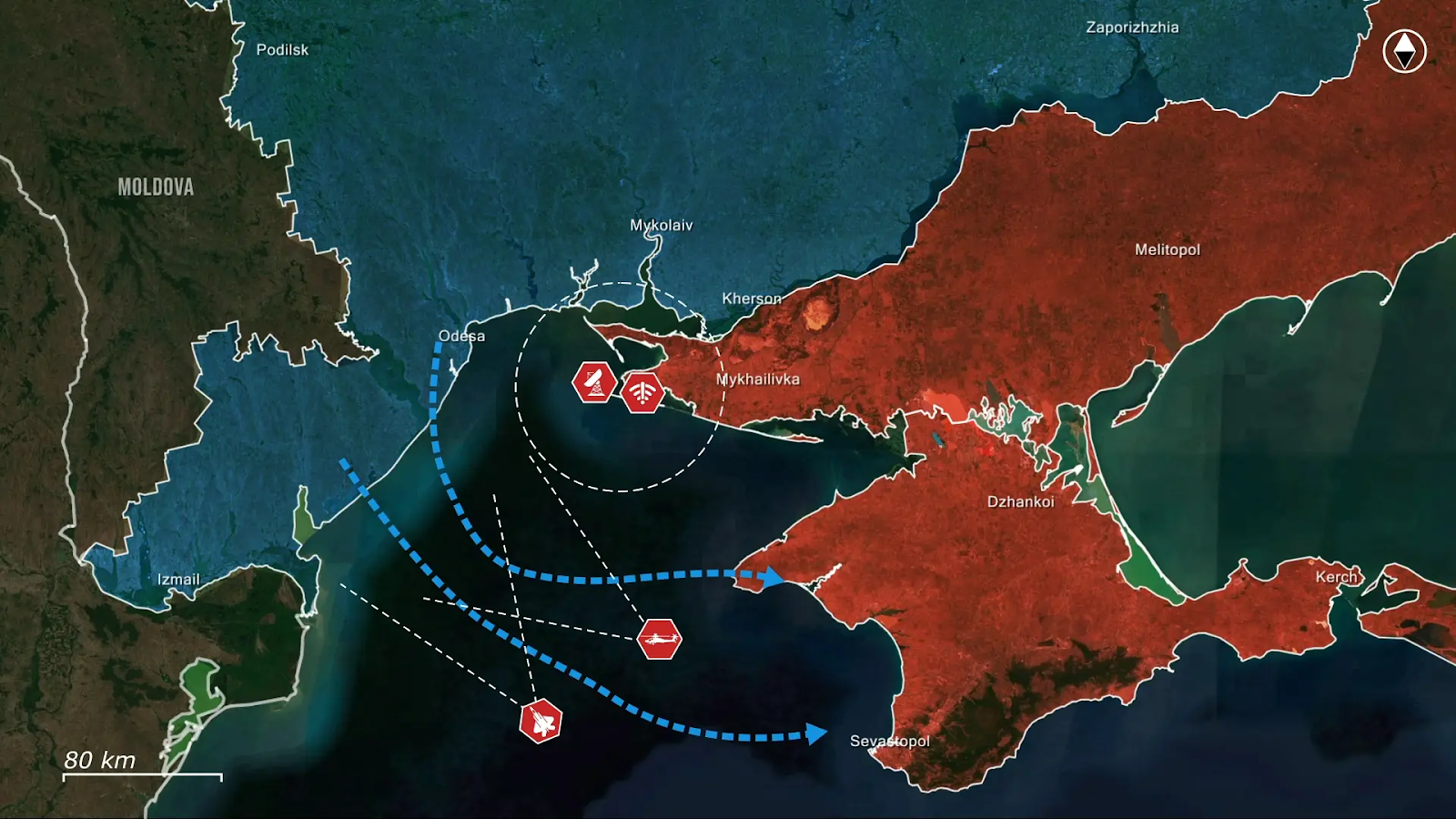
However, these emplacements are incredibly vulnerable; as they are only connected to the mainland through narrow strips of land, or not at all, forcing Russians to use boats to supply these exposed outposts.
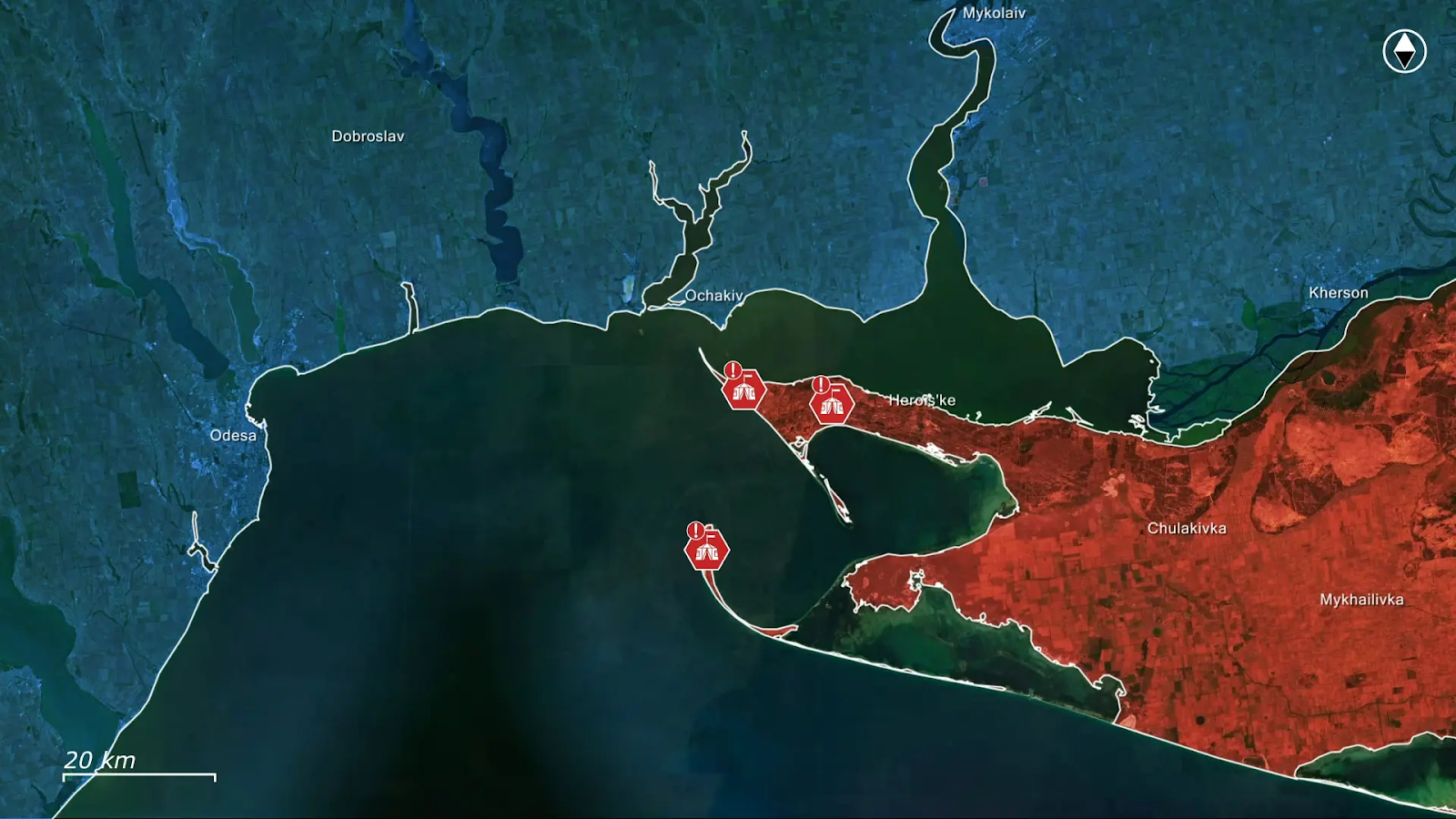
Ukrainians exploited this masterfully, and in the weeks leading up to the operation, they increasingly targeted these outposts, using FPV drones to strike buildings Russians used as barracks situated along the route the assault group would later take.
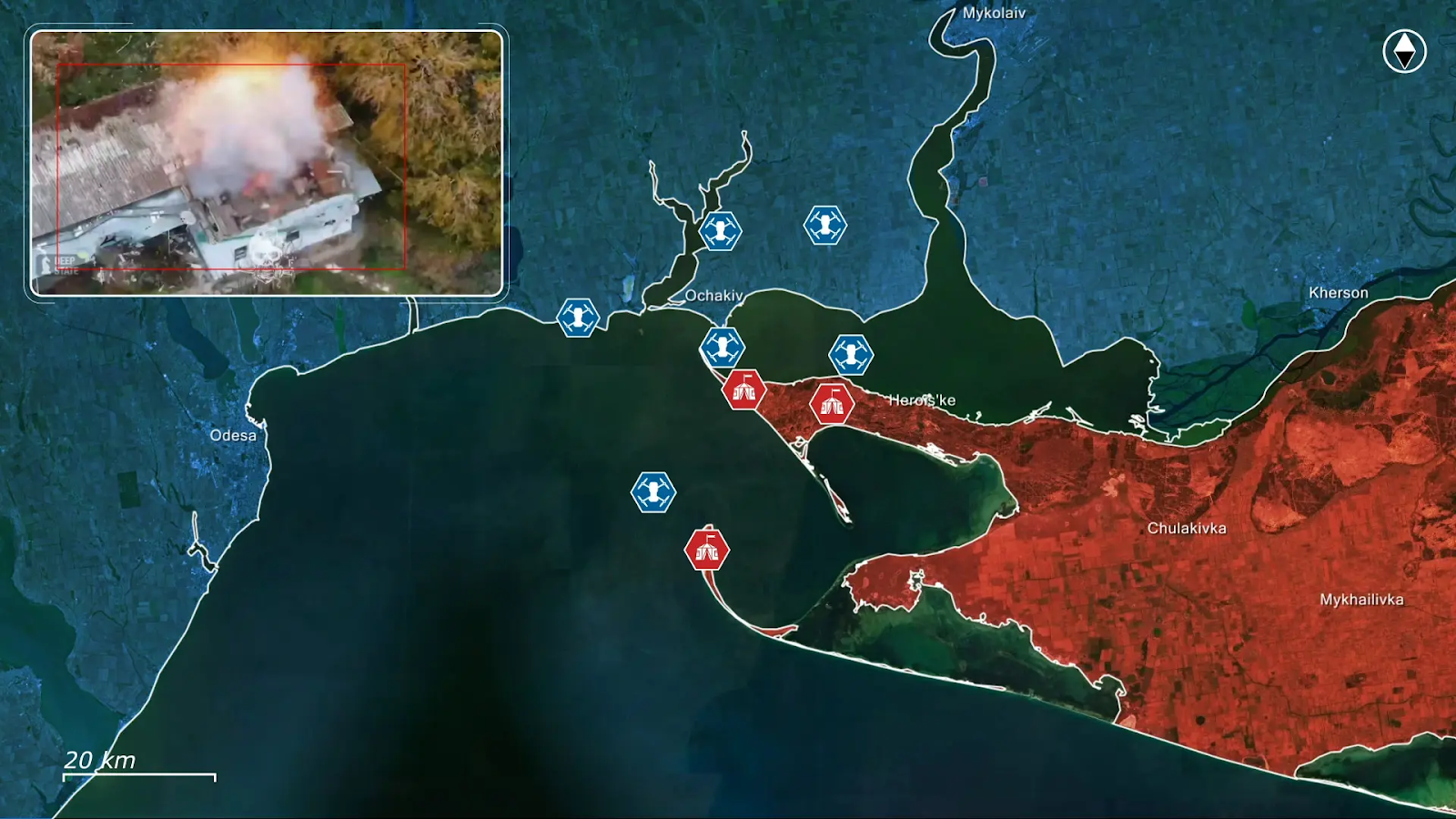
Ukrainians also used a Bayraktar drone to destroy Russian boats resupplying the outposts and rotating the troops stationed there.
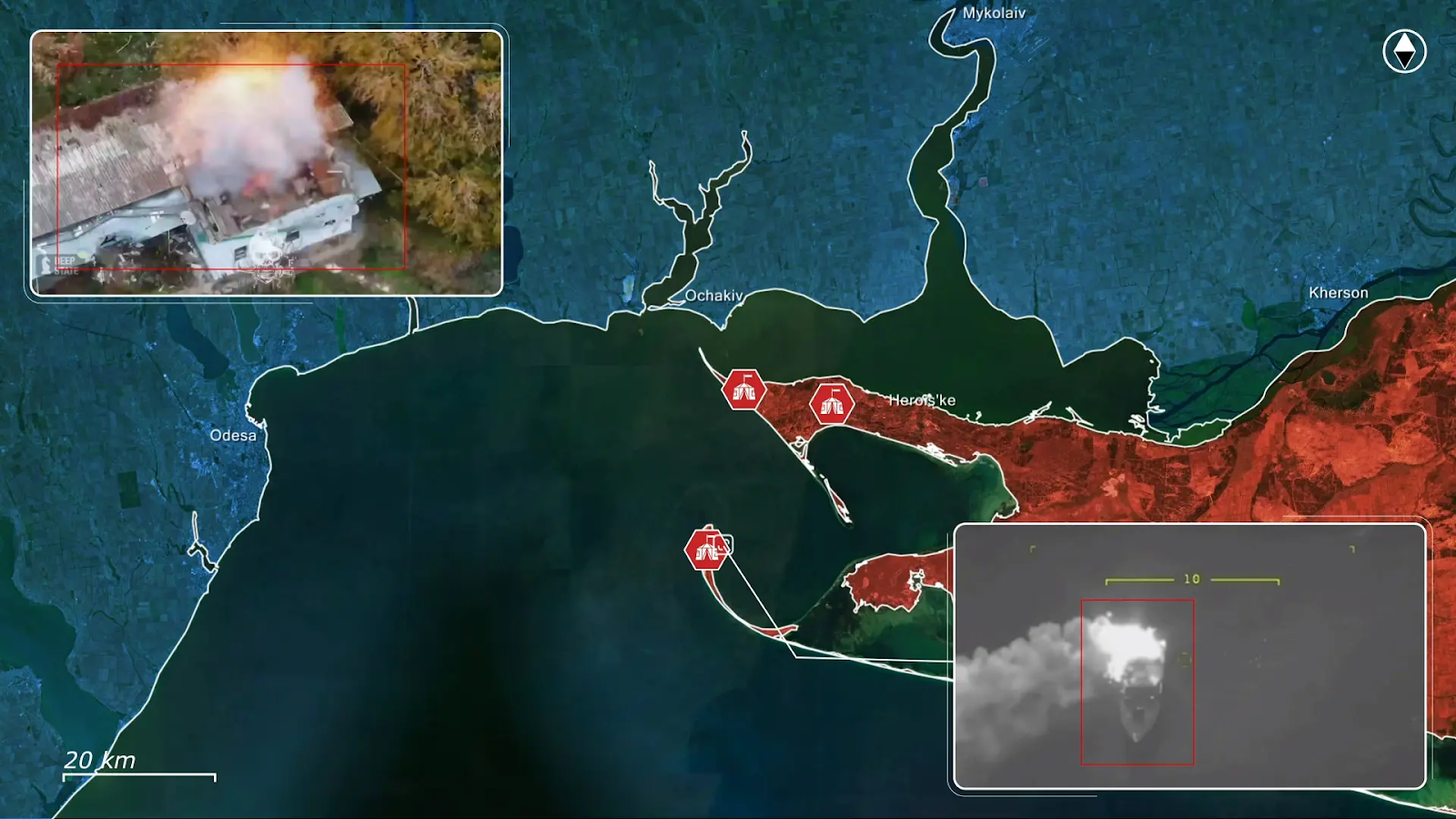
However, Russians didn’t suspect a thing; they understood that these outposts were vulnerable, and likely wrote these events off as acceptable casualties to hold such exposed positions. Notably, Ukrainians likely conducted a second raid on the small settlement of Pokrovske on the Kinburn further north, with another Ukrainian flag appearing raised above the settlement early in the morning.
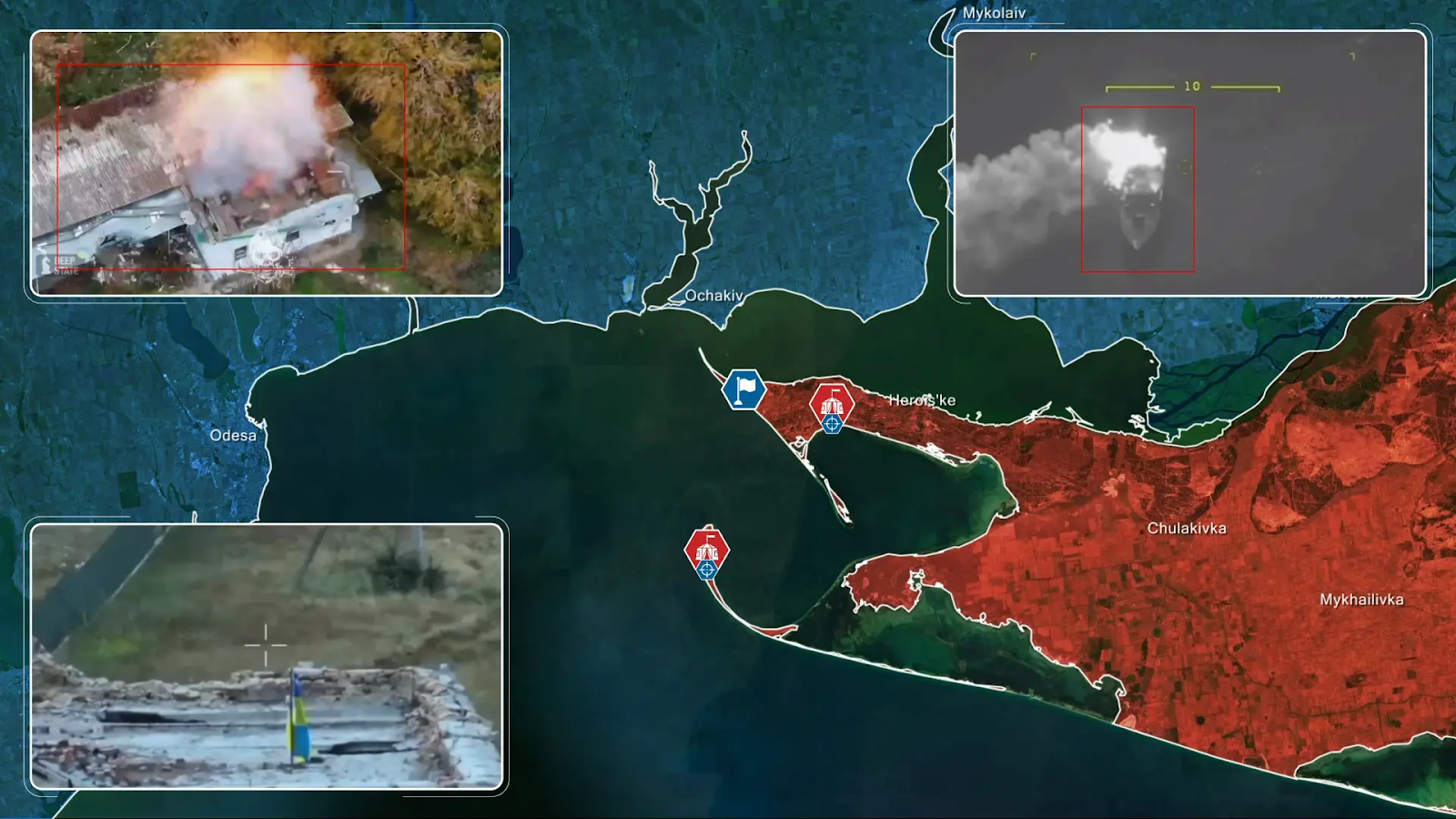
The disruption of these outposts mean only one thing: Ukrainians are planning an intensification of their operations along this axis. As mentioned previously, one of the operations could be a targeted strike operation against Russian assets in Crimea, with many air defense systems, radars, logistics, and command posts highly likely targets. Notably, such a threat doesn’t even have to be from Ukrainian missiles, as naval drones could now more stealthily pass along the coastline and simply launch waves of FPV drones into the Russian-controlled peninsula.

In the past, the Ukrainian security service has released tons of videos showing such strikes, with strike drones and FPVs flying low, dodging Russian missiles, and taking out targets worth hundreds of millions of dollars.
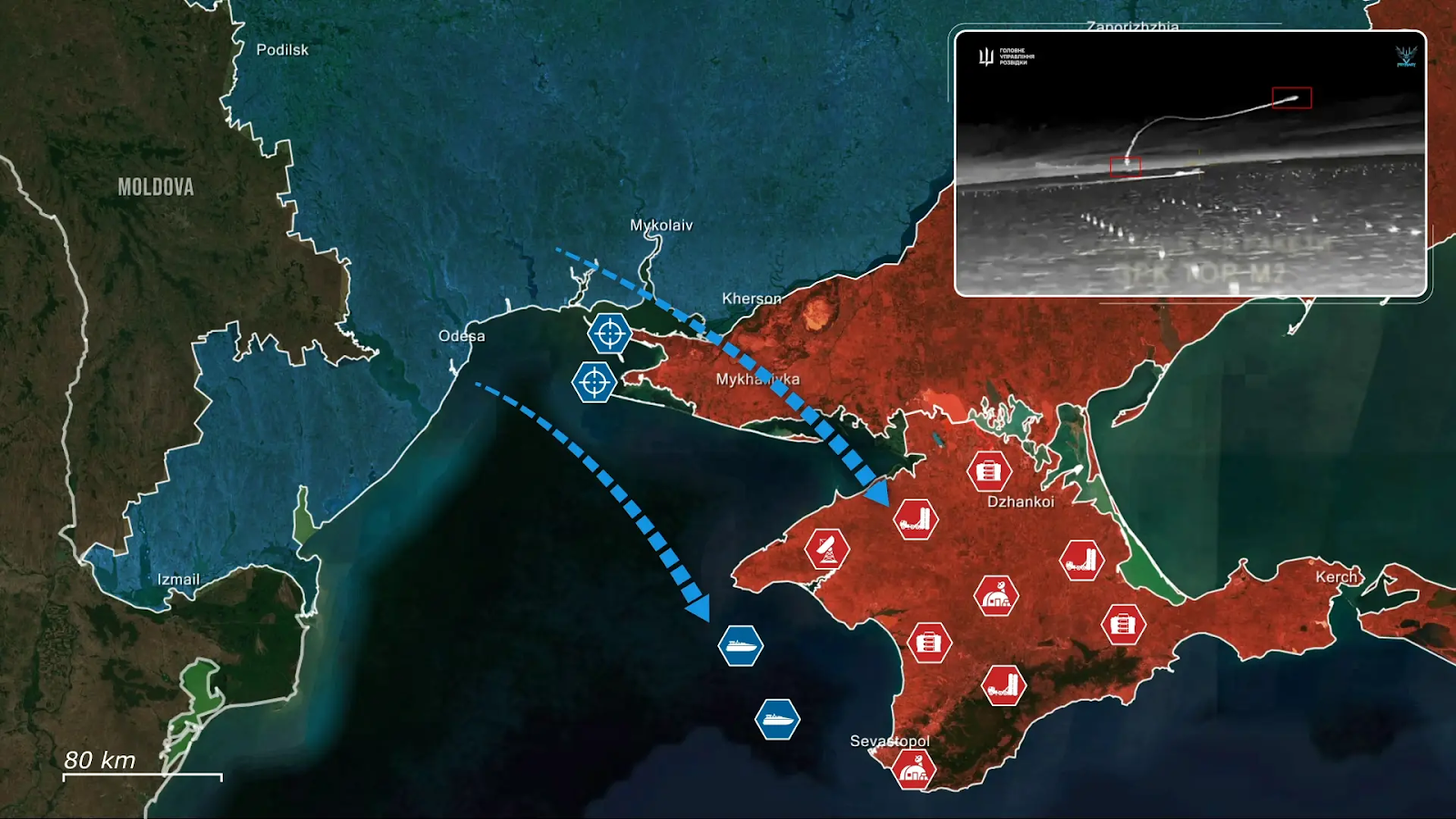
Alternatively, this amphibious special forces raid could be a part of the broader war in the Black Sea itself; with drilling platforms serving as makeshift castles from where either side can surveil the area, electronically disrupt equipment, lock down airspace with air defense missiles, or launch strikes from. Only recently Ukrainian naval special forces released new footage of a combined assault on one of these platforms, taking out the Russians defending it with FPV drones, and using the new position to fire missiles at Russian fighter jets.
Overall, Ukrainians executed a daring amphibious raid on several vulnerable Russian outposts, launching preparatory strikes for the operations while leaving Russians none the wiser. The successful outcomes of these missions have now opened the door for a wide range of follow-up operations, while Russians are left guessing as to what the next Ukrainian move will be.
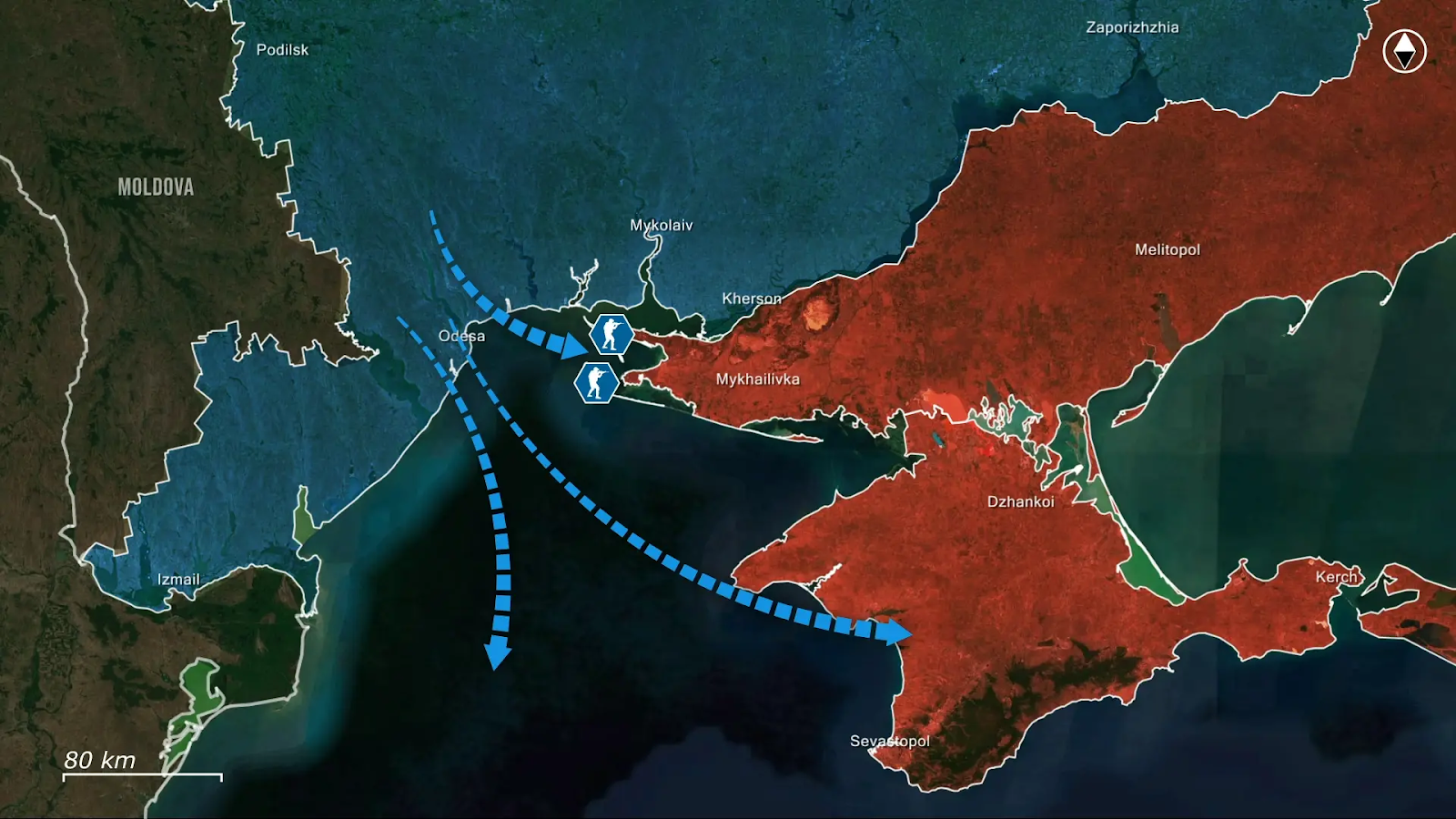
In our regular frontline report, we pair up with the military blogger Reporting from Ukraine to keep you informed about what is happening on the battlefield in the Russo-Ukrainian war.
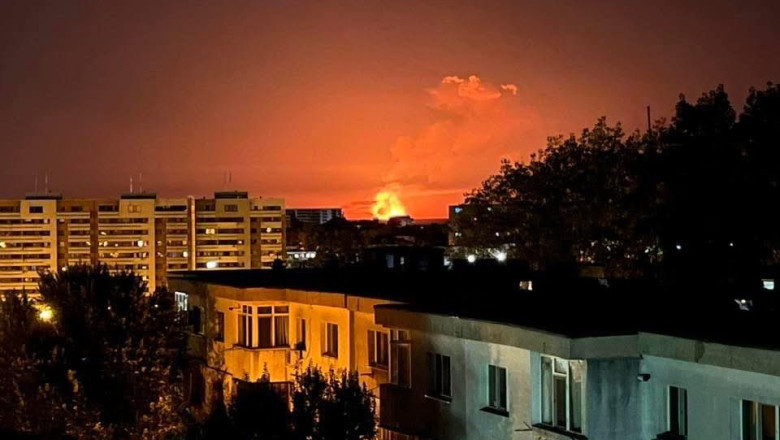

Tulcea county in Romania declared a 90-minute air alert on the night of 6 August as Russian strike drones targeted southern Odesa Oblast across the Danube River.
The Romanian county sits on the opposite bank of the Danube from Ukraine’s southernmost cities. Romanian residents could clearly observe air defense operations and explosions from Ukrainian territory during the Russian drone attack.
The resulting fire from the shelling caused panic among Romanian civilians, according to the report. Twenty people called emergency services, believing the blaze was occurring near their location.
“Response forces remained in the area to monitor the situation and intervene if necessary. We again call for calm and remind that Russia’s attack targets are not Romanian territory, and we call on citizens to follow safety measures recommended by authorities,” Romanian fire services reported, according to Digi24.
The attack was also visible from Moldovan territory. Readers reported the incident to local publication Nokta.
This comes as Russian forces launched 45 Shahed-type strike drones and decoy drones of various types from the evening of 5 August. Air defense systems destroyed or suppressed 36 Russian drones across northern, southern, and eastern Ukraine.
Since Russia’s full-scale invasion began, drone debris from attacks on southern Ukrainian targets has repeatedly fallen in border areas of Moldova and Romania. Some projectiles have penetrated deeper into their territories.
Following initial incidents, Romanian authorities began issuing air alerts along the Danube riverbank when Russian attacks occur nearby.
This summer, at least one Russian Shahed-type drone entered Lithuanian airspace through Belarusian territory.


Two people died and 12 others were injured, including children, when Russian forces struck a recreation base in Zaporizhzhia district in the early hours of 6 August, according to Zaporizhzhia Oblast Governor Ivan Fedorov.
The State Emergency Service later clarified that occupying forces had targeted a recreation base specifically.
At least nine buildings sustained damage in the attack. Emergency services worked at the scene, with rescue workers transporting the wounded and handing them over to emergency medical teams while evacuating other people from the area.
Among the nine hospitalized were two children. “Both are under medical supervision, one is in serious condition,” Fedorov said in a subsequent update.
Emergency responders worked to extinguish fires that broke out in an outbuilding, vehicles, and five separate blazes across open territory. The attack damaged nine single-story holiday cottages at the recreation facility.
The assault formed part of broader overnight Russian attacks across Ukraine. In Dnipropetrovsk Oblast, Russian occupying forces struck Nikopol and Synelnykivsk districts during the night, damaging an enterprise, residential building, and infrastructure, regional head Serhiy Lysak said.
Ukrainian Air Forces reported that Russia launched 45 Shahed-type strike drones and decoy drones of various types from the evening of 5 August. Air defense systems destroyed or suppressed 36 Russian drones across northern, southern, and eastern Ukraine.
Russian forces launched the drones from the directions of Kursk and Primorsko-Akhtarsk in Russia, and from Cape Chauda in temporarily occupied Crimea. Aviation, anti-aircraft missile forces, electronic warfare units, unmanned systems units, and mobile fire groups of Ukraine’s Defense Forces repelled the air attack.


© Banaras Khan/Agence France-Presse — Getty Images


© Brent McDonald/The New York Times


© Haiyun Jiang/The New York Times


© Victor Moriyama for The New York Times


© Eric Lee for The New York Times


© Todd Heisler/The New York Times


© Michael A. McCoy for The New York Times


© Daniel Cole/Reuters


© Peter Turnley/Corbis/VCG, via Getty Images


© Eric Lee for The New York Times


The state of Florida is suing some of the biggest porn platforms on the internet, accusing them of not complying with the state’s law that requires adult sites to verify that visitors are over the age of 18.
The lawsuit, brought by Florida Attorney General James Uthmeier, is against the companies that own popular porn platforms including XVideos, XNXX, Bang Bros and Girls Gone Wild, and the adult advertising network TrafficFactory.com. Several of these platforms are owned by companies that are based outside of the U.S.
Uthmeier alleges that the companies are violating both HB3 and the Florida Deceptive and Unfair Trade Practices Act.
On January 1, Florida joined 19 other states that require adult websites to verify users’ ages. Twenty-nine states currently have nearly identical legislation enacted for porn sites, or have bills pending. Age verification legislation has failed in eight other states.
“Multiple porn companies are flagrantly breaking Florida’s age verification law by exposing children to harmful, explicit content. As a father of young children, and as Attorney General, this is completely unacceptable,” Uthmeier said in a press release about the lawsuit. “We are taking legal action against these online pornographers who are willfully preying on the innocence of children for their financial gain.”
The Free Speech Coalition along with several co-plaintiffs, including the sex education platform O.school, sexual wellness retailer Adam & Eve, adult fan platform JustFor.Fans, and Florida attorney Barry Chase filed a challenge to Florida’s law earlier this month. “These laws create a substantial burden on adults who want to access legal sites without fear of surveillance,” Alison Boden, Executive Director of the Free Speech Coalition, said in a press release published in December. “Despite the claims of the proponents, HB3 is not the same as showing an ID at a liquor store. It is invasive and carries significant risk to privacy. This law and others like it have effectively become state censorship, creating a massive chilling effect for those who speak about, or engage with, issues of sex or sexuality.”
 404 MediaEmanuel Maiberg
404 MediaEmanuel Maiberg
After the Supreme Court upheld Texas’ age verification legislation in June, the Free Speech Coalition dropped the lawsuit in Florida. "However, we are continuing to monitor the governmental efforts to restrict adults' access to the internet in Florida," Mike Stabile, the director of public policy for the Free Speech Coalition, said in a statement to the Tallahassee Democrat. “The Paxton decision does not give the government carte blanche to censor content it doesn't like.”
Experts say, and more than a year of real-world anecdotal evidence has shown at this point, that age verification laws are invasive of user’s privacy, chilling for Constitutional adult speech, and don’t work to keep children away from potentially harmful material.
As it has in many states once age verification legislation went into effect, Pornhub pulled access from Florida entirely on January 1, replacing the homepage with a video message from activist and performer Cherie DeVille: "As you may know, your elected officials in Florida are requiring us to verify your age before allowing you access to our website," DeVille says. " While safety and compliance are at the forefront of our mission, giving your ID card every time you want to visit an adult platform is not the most effective solution for protecting our users, and in fact, will put children and your privacy at risk.”


© David Zalubowski/Associated Press
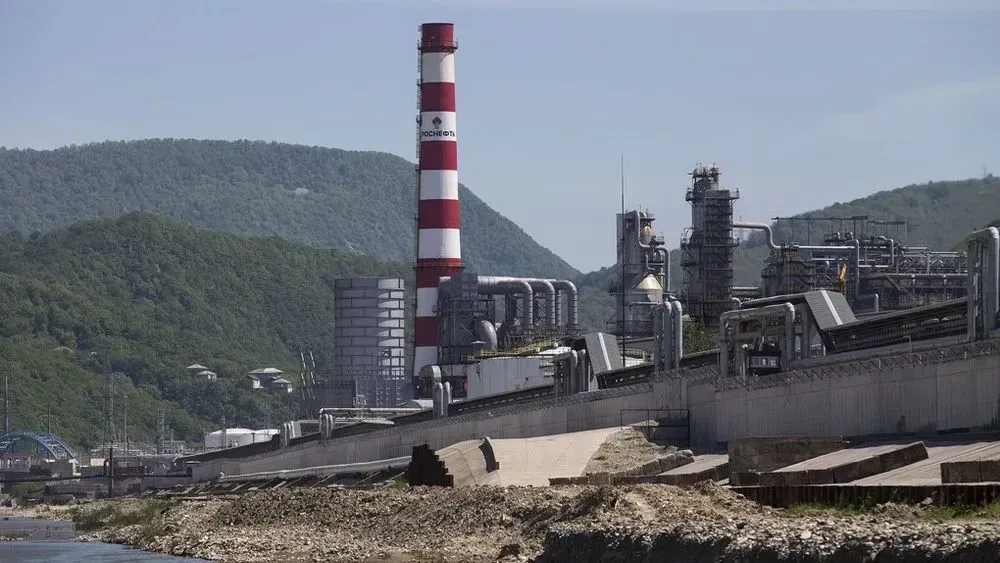

Russia is losing petrodollars. In July 2025, Russia suffered a significant financial blow: oil-related budget revenues dropped by nearly 33% compared to the previous year, according to Bloomberg.
A official Russian Finance Ministry says that the country collected only $8.9 billion in oil-related taxes. Combined oil and gas revenues fell by 27%.
Despite a short-term 71% increase in the price of Russian export oil in July, the first such jump in five months, petrodollars flowing into the budget declined. Global crude prices spiked sharply at that time due to warfare in the Middle East.
Benchmark oil prices, however, have dropped year-on-year, as Trump’s trade policies threaten to slow the global economy while OPEC+ ramps up production faster than expected.
The strengthening of the ruble also contributed to lower revenues, as revaluation means oil companies receive fewer rubles per barrel they pump and sell. In June, the ruble hit its strongest exchange rate in two years: 78.71 per dollar. This means oil and gas companies earn less in rubles for exports. In 2024, they earned 6,127 rubles per barrel, now only 4,711.
However, lower global prices for crude and refined oil products have allowed the government to cut subsidies paid to Russian refineries.
These subsidies partially compensate for the price difference between domestic and export fuel, aiming to boost domestic gasoline and diesel supply. In July, the budget allocated 58% less for this purpose compared to the previous year.


Ukraine’s allies will spend millions of dollars for weapons for Kyiv. Sweden, Norway, and Denmark have jointly allocated over $500 million to purchase American weapons for Ukraine, President Volodymyr Zelenskyy announces.
The funds come as part of the new Priority Ukraine Requirements List or PURL initiative, which allows European partners to quickly finance arms deliveries from the US.
“Plus $500 million — the total amount from our friends in Northern Europe… This will be implemented under NATO coordination,” Zelenskyy says.
According to the new mechanism, Ukraine compiles a list of priority needs in packages of approximately $500 million. Then, the partner countries can:
This approach significantly speeds up logistics and replenishment of allied arsenals.
The Ukrainian president has thanked the prime ministers of Sweden, Norway, Denmark, and NATO Secretary General Mark Rutte for their concrete support that “increases Ukraine’s capacity to protect lives.”
“This will be a good example for other NATO countries… to guarantee protection against Russian strikes,” Zelenskyy emphasizes.
The PURL initiative becomes a new bridge between America and Europe in the defense sector, and another signal to Moscow: Western support is not weakening but growing.
The Ukrainian president has stressed that such projects strengthen Ukraine’s own defense production as well as joint defense initiatives with partners. This builds a new architecture of European security based on powerful cooperation.
“Russia will never turn Europe into a continent of war… we guarantee that peace will prevail,” Zelenskyy states.
In just two days, Ukraine received nearly $1 billion in international arms aid — after €500 million from the Netherlands, another half a billion came from Northern Europe.


© Terry Ratzlaff for The New York Times
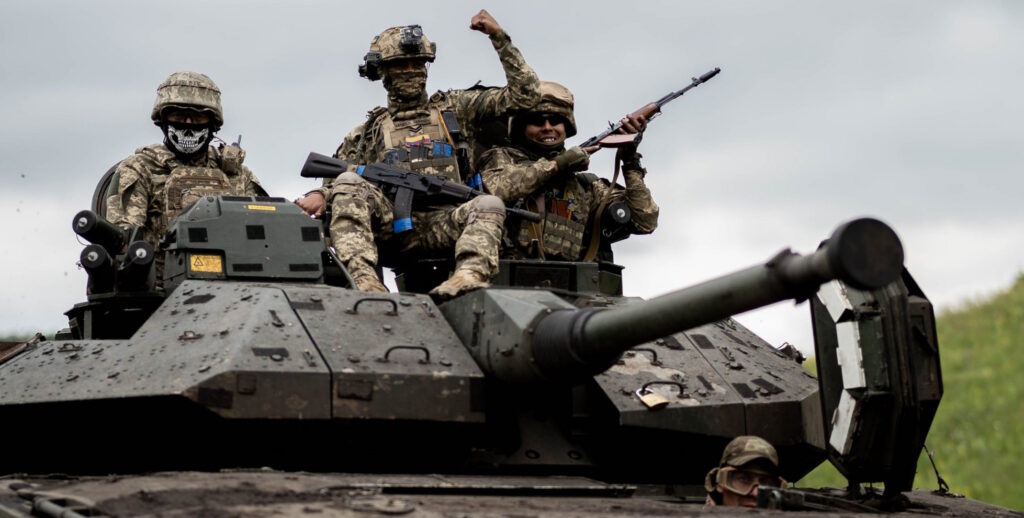

Ukraine’s Defense Intelligence “Timur” Special Unit has crashed Russia’s advance on Sumy Oblast. The fighters have eliminated eight Russian companies in Sumy Oblast, the agency reports.
The Timur Special Unit has taken part in legendary operations, including:
“The enemy’s advance has been halted. Their food and ammunition supply lines have been cut,” explains Ukraine’s military intelligence.
The operation involved 11 combat detachments under the Timur Special Unit. As a result of the mission:
According to the Defense Intelligence, Ukrainian soldiers executed a series of swift raids deep into Russian-controlled territory, effectively deploying FPV drones, artillery, grenade launchers, and small arms in close-quarters combat.
“Based on intercepted communications, Russian soldiers gave fabricated excuses to avoid storming positions within the Timur Unit’s area of operation,” says the agency.
In early August, Russia intensified its assaults on the Sumy front, launching frequent artillery, missile, and air strikes. In July alone, 23 civilians were killed, and over 140 were wounded, according to Oleh Hryhorov, head of the Sumy Regional Military Administration.
“In July, there were 2,700 Russian attacks on Sumy Oblast, with more than 800 air-dropped bombs, 250 kamikaze drone strikes, and 52 missile strikes,” Hryhorov says.

Thanks to your incredible support, we’ve raised 70% of our funding goal to launch a platform connecting Ukraine’s defense tech with the world – David vs. Goliath defense blog. It will support Ukrainian engineers who are creating innovative battlefield solutions and we are inviting you to join us on the journey.
Our platform will showcase the Ukrainian defense tech underdogs who are Ukraine’s hope to win in the war against Russia, giving them the much-needed visibility to connect them with crucial expertise, funding, and international support.
We’re one final push away from making this platform a reality.


© Pete Marovich for The New York Times


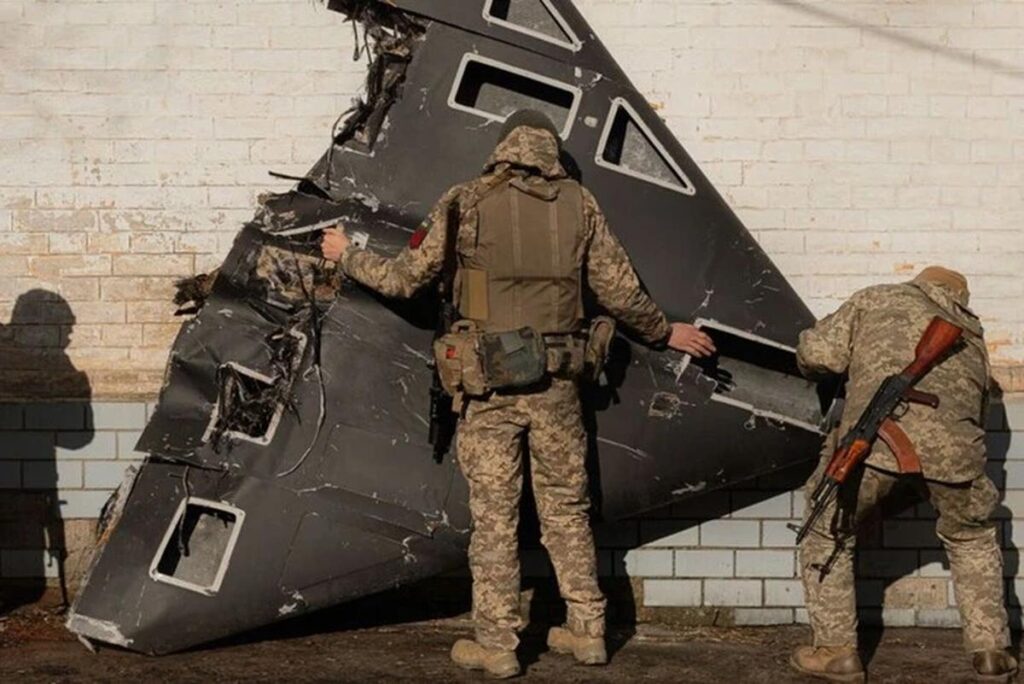

Ukraine has discovered Indian electronics in Iranian-designed Shahed drones used by Russian forces to attack civilian areas. Indian media report that Kyiv raised the issue with both India and the EU, citing specific Indian-made components embedded in these weapons.
Hindustan Times reports that Ukrainian authorities identified parts made or assembled in India inside Shahed 136 unmanned combat aerial vehicles (UCAVs). These drones have been used by Russia in mass strikes on Ukrainian cities since 2022.
According to the documents reviewed by the outlet, a Vishay Intertechnology “bridge rectifier E300359” assembled in India was found in the drone’s voltage regulator. A signal generator chip AU5426A by Aura Semiconductor was located in the satellite navigation system.
The report states that Ukraine raised the issue with India’s external affairs ministry on at least two occasions. Ukrainian diplomats also brought it up with EU sanctions envoy David O’Sullivan during his mid-July visit to New Delhi.
India’s foreign ministry responded that its dual-use exports follow international non-proliferation rules and domestic regulations. Vishay Intertechnology did not respond to the paper’s request for comment.
Aura Semiconductor, whose AU5426A chip was identified in the drones, said in a statement that it complies fully with export control laws and is “deeply disturbed” by the possibility of its components being misused. It added that its chip is plug-and-play, making user tracing difficult, and that an internal audit yielded no conclusive findings.
Hindustan Times cites unnamed sources saying some Indian components were legally exported to West Asia, then diverted to Russia or Iran.
Ukraine’s HUR defence intelligence agency has also found electronics from US and Chinese firms in Russian weapons.
Ajay Srivastava from the Global Trade Research Initiative told Hinndustan TImes that tracing dual-use items post-export is almost impossible, and said better exporter awareness is needed. He warned that no export control system can guarantee full oversight once items cross national borders.




Russia will pay. Ukraine’s national energy company, Naftogaz, has announced it has received official approval from the Vienna District Court to initiate forced enforcement of the largest arbitration award against Russia, worth over $5 billion.
Due to the Kremlin’s refusal to pay voluntarily, Naftogaz has launched procedures to seize Russian assets worldwide.
Based on the Austrian court decision, more than 20 pieces of Russian state-owned real estate in Vienna have been seized, with a total value exceeding €120 million.
These assets will be sold, and the proceeds transferred to Ukraine as part of the compensation awarded in The Hague.
“This is another practical step towards collecting over $5 billion from Russia for the illegal seizure of Naftogaz Group’s assets in Crimea. Russia will pay for everything,” says Naftogaz CEO Serhii Koretskyi.
Naftogaz is represented in Austria by the DORDA law firm. The team includes partner Alexander Karl, lead counsel Robert Keimmelmayr, and Therese Stingl.
The seized property includes shares in gas pipelines, equipment, licenses for subsoil use, and over 675 million cubic meters of gas in underground storage, all of which Russia seized during the occupation of Crimea.
Naftogaz was a key player in Crimea’s gas market, responsible for exploration, production, transportation, processing, and distribution of gas.


Ukrainian refugees work permits are set to expire, leaving many families in legal limbo, CBS News reports. Dozens who fled war and rebuilt their lives in Iowa may soon lose the right to work.
CBS News reports that Liana Avetisian and her family fled Ukraine in 2023 and resettled in DeWitt, Iowa, where over 75 refugees found jobs and housing with help from locals like Angela Boelens and her group Iowa Nice.
Avetisian, once a real estate agent in Kyiv, took a job at a window company. Her employer, Sam Heer, told CBS News he values Ukrainian workers and wants more Ukrainians, he said, after hiring Avetisian, her husband, and her cousin—until their permits expired.
“These people are hard to come by. […] When people do the right things and follow the rules, they should be rewarded,” he added.
Though Heer supported President Trump in 2024, he now urges the administration to reconsider.
Most European countries have renewed work permits for Ukrainian refugees. But the Trump administration froze all immigration applications from Ukraine and Latin America earlier this year.
Boelens says many more permits will soon expire, pushing families to the edge.
“It’s not safe to go back to Kyiv,” she told CBS News.
Avetisian agrees. Her mother sends her daily videos of Kyiv under attack.
“Every day, every night, it’s bombing,” she said.
Refugees like Avetisian say they only want to stay and keep working in the communities they’ve come to call home.
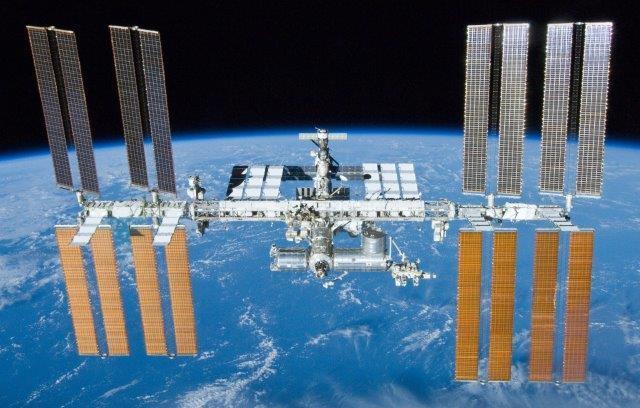

The US, China, and Russia are competing to build the first nuclear reactor on the Moon. If Beijing and Moscow succeed ahead of Washington, they could declare parts of the Moon a “restricted zone,” potentially limiting American access, warned US Transportation Secretary Sean Duffy, The New York Times reports.
This ambitious project reflects the deepening of China-Russia strategic alliance, which is positioned as anti-American. Russia’s losses in Ukraine are weakening Moscow’s position, which could affect their partnership. Earlier, Chinese Foreign Minister Wang Yi stated that China does not want to see Russia defeated in the war, as a Ukrainian victory would prompt the US to shift its full attention to China.
China and Russia are planning to install the reactor by the mid-2030s as part of a joint effort to construct a permanent lunar base.
In response, Washington is ramping up efforts to deploy its own nuclear power plant on the Moon. According to a new NASA directive:
A single lunar “day” lasts about 28 Earth days, which means 14 days of light, followed by 14 days of complete darkness. This makes solar power unreliable, especially for continuous life-support operations. A nuclear reactor offers constant, reliable energy, even during the long lunar night.
In 2022, NASA signed three $5 million contracts for early nuclear reactor prototypes, but the new directive calls for faster, larger-scale development.
The first Artemis crewed landing is tentatively scheduled for 2027, though many experts are skeptical about that timeline. Many of the essential components, including the lunar landing module Starship, which SpaceX is developing, have not yet been tested. The Trump administration wants to transition to using commercial rockets and spacecraft instead of the Space Launch System rocket and Orion capsule, which NASA has been working on for over a decade.
A reactor would be useful for long-term stays on the Moon, especially during the two-week-long nights, but NASA’s plans do not specify when a lunar base might be built.


© Lisi Niesner/Reuters


© The New York Times


© United States Army
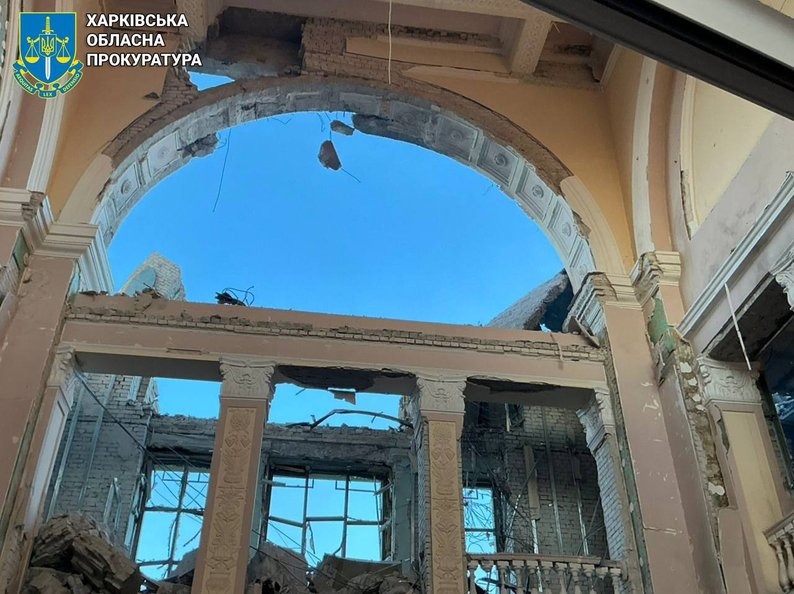

Russia’s Lozova drone strike killed a railway worker and injured civilians, including two teenagers, during Russia’s heaviest drone and missile attack on the city since the start of the full-scale war. According to the Ukrainian Air Force and local officials, the assault overnight on 5 August 2025 involved 46 Shahed-type and decoy UAVs, and a ballistic Iskander-M missile.
The Ukrainian Air Force reported that from 19:00 on 4 August, Russia launched an air attack from the directions of Kursk, Bryansk, Oryol, and Primorsko-Akhtarsk in Russia, using Shahed drones, UAV decoys of various types, and an Iskander-M missile from Bryansk Oblast.
Ukraine’s air defenses, including aviation, anti-aircraft missile units, electronic warfare, and mobile fire groups, intercepted or suppressed 29 drones by 08:00.
“Hits from 17 drones were recorded in the eastern direction, as well as one ballistic missile, and debris from downed drones fell in three locations in the southern and northeastern directions,” the Air Force wrote.
In Lozova, Kharkiv Oblast, a massive drone strike killed one person and injured others, local authorities reported. The mayor of Lozova, Serhii Zelenskyy, said that critical infrastructure, high-rise buildings, detached houses, and an educational institution were damaged. He noted that emergency services, medics, and rescue workers were operating on site and that restoration of water supply was underway.
Zelenskyy added that parts of the city remained without power, including Avylivka and the Katerynivskyi district. Public transport routes were also affected.
Images released by the Kharkiv Oblast Prosecutor’s Office show damage at the Lozova railway station, including a collapsed roof. The station was temporarily closed, and changes were introduced to suburban train services, the city council and Ukrzaliznytsia reported.
Trains Nos. 66/65 and 166/165 on the Uman–Cherkasy–Kharkiv route were redirected via an alternate path. Passengers to and from Lozova were being transported by bus to the Paniutyne station. Ukrzaliznytsia warned of delays of up to one hour due to use of a reserve locomotive.
According to the State Emergency Service, six fires broke out in Lozova as a result of the drone strike. Destruction of other buildings was also recorded.
The Kharkiv Oblast Prosecutor’s Office clarified that Russia has used over 30 Shahed-type attack drones — for some reason, the Kharkiv local authorities and prosecutor’s office always refer to them as “Geran-2” by their Russian designation.


© The New York Times


© Mike Blake/Reuters


© Samuel Corum/EPA, via Shutterstock


© Kenny Holston/The New York Times


© Pool photo by Evgenia Novozhenina


© Anna Watts for The New York Times


© Anna Watts for The New York Times


On the occupied peninsula, Russia’s repressive machine sees the Ukrainian flag as a greater threat than the swastika. According to the civil organization Crimean Process, in the past six months in occupied Crimea, there have been three times more court cases against supporters of Ukraine than against individuals promoting Nazi symbolism.
Moreover, 56% of all cases related to the display of banned symbols involved pro-Ukrainian citizens.
“People who demonstrate pro-Ukrainian views are not only prosecuted more frequently, but also subjected to humiliation, fabricated charges, and moral pressure through propaganda in the media,” the report states.
Of 96 cases analyzed under Article 20.3 of Russia’s Code of Administrative Offenses, the largest share of charges were directed at Ukrainian sympathizers.
26% of “Ukrainian” cases resulted in arrest, while none of the criminal subculture defendants were imprisoned. Nearly half of the cases against Ukrainians included additional charges, such as hooliganism or “discrediting the army.” In contrast, not a single case involving Nazi symbols included such add-ons.
“Any manifestation of Ukrainian national identity, patriotism, or resistance to occupation is viewed by Russian authorities as a threat to ‘stability’ and ‘security,’” human rights activists say.
In addition, judges in “Ukrainian” cases more frequently violate procedural norms:
Human rights defenders stress: this is selective justice, where patriotism is punished more harshly than overt hate.


A powerful explosion cut power to the Russian military base in Zaporizhzhia Oblast late on 3 August. The blast temporarily occupied the city of Berdiansk and destroyed a power substation that supplied electricity to the base located at the former Berdianski Zhnyvarky factory, UkrInform reports, citing its source in Ukraine’s Defense Intelligence.
Since the start of Russia’s all-out war in 2022, Berdiansk has remained under occupation. The city has suffered extensive destruction, water and power outages, explosions at the port, and an aggressive campaign of Russification, including persecution of citizens with pro-Ukrainian views.
The energy strike triggered a fire, disabling a key element of the occupiers’s logistics infrastructure.
According to Ukraine’s Defense Intelligence, the explosion and ensuing fire disabled transformers that powered the facility where Russian troops repaired military vehicles and stored weapons.
“The final consequences of the explosion and the extent of the damage are still being clarified,” says Defense Intelligence source.
Local residents were the first to report the powerful blast, posting videos and photos on social media. The surrounding streets lost power, and social media posts confirmed the fire at the substation.
After the capture of Berdiansk, Russian occupying forces converted the plant’s workshops into a repair hub, arms depot, and barracks. Damaged vehicles from the front were brought here for repairs before being sent back to the battlefield.
The destruction of the facility’s power supply seriously disrupts the occupiers’ logistics and hampers their ability to repair equipment.


Six individuals have been served with notices of suspicion for involvement in a corruption scheme involving the procurement of military equipment, reports the National Anti-Corruption Bureau of Ukraine (NABU).
This is the first major report by Ukraine’s anti-corruption agencies since a controversial law restricting their independence was signed and later reversed after street protests.
According to the report, among the suspects are government and military officials, as well as executives from drone manufacturing companies.
NABU and the Specialized Anti-Corruption Prosecutor’s Office (SAPO) say they have exposed a “large-scale corruption scheme in the procurement of UAVs and electronic warfare systems” operating during 2024-2025.
According to NABU, the suspects systematically embezzled funds from local government budgets that had been allocated to the Defence Forces.
President Zelenskyy has reportedly dismissed four officials from their posts since the notices were served.
NABU identified the six suspects as:
On 2 August, 2025, NABU and SAPO reported their findings to Zelenskyy. The scheme allegedly involved a sitting member of Zelenskyy’s Servant of the People party, whose faction membership was dismissed that day. Dismissals of the local government and military officials followed on the same day.
This report comes shortly after attempts by the Ukrainian government to stifle the work of the national anti-corruption agencies. A controversial bill restricting NABU and SAPO’s autonomy was recently passed by parliament and signed into law by Zelenskyy.
This decision sparked nationwide protests. Within 4 days, Zelenskyy submitted a draft bill to reverse the restrictions and restore the agencies’ independence.
This is NABU and SAPO’s first major investigation report since this incident that brought renewed attention to the importance of Ukraine’s anti-corruption organizations.